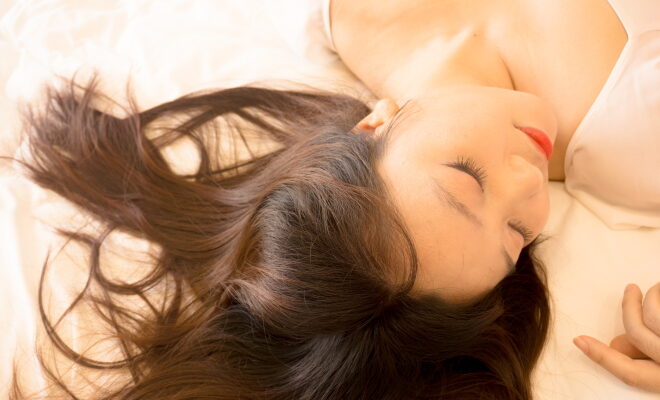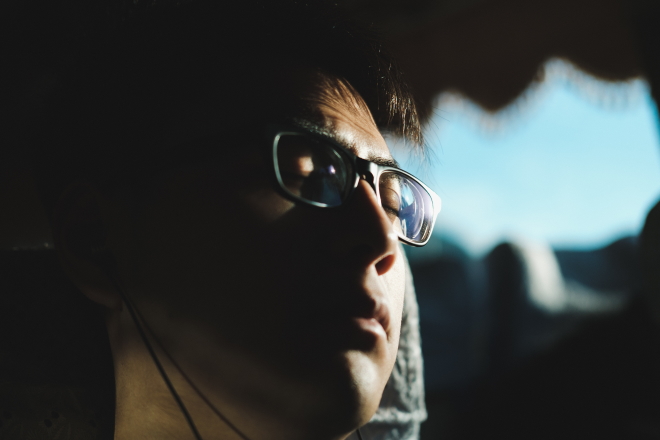
Insights + interviews
Practicing sleep hygiene to prevent insomnia
Between lockdowns and social distancing during COVID-19, many have experienced insomnia due to lifestyle disruptions and changing sleep patterns.
In fact, there has been a surge in recent studies reporting the negative impact that the pandemic has had on sleep habits and sleep quality – including an increase in insomnia cases.
“Coronasomnia” and “COVID-somnia” have recently been coined by sleep experts around the world to describe the current sleep crisis.
Although it has not been statistically observed in Singapore, insomnia is a common sleep disorder locally with a 15.3 percent reported rate.[1] Additionally, 13.7 percent of Singaporeans aged 60 and above were reported to suffer from insomnia.[2]
This aligns with a global study that estimates at least 30% of adults suffer from insomnia at some stage of their life with increasing age significantly associated with sufferance.[3]
With Singapore having one of the most rapidly aging populations in the world, and with one in four people estimated to be aged over 65 years by 2030, insomnia prevalence is expected to increase.
The cost of insomnia
Insomnia negatively impacts all areas of a sufferer’s life. These include compromised mental and physical health and quality of life; a change in character; and impaired functioning, workplace productivity, and workplace and public safety. People with insomnia have also shown more symptoms of anxiety and depression than people without insomnia.[4]
Given the extent of its impact, insomnia does have a substantial societal burden and economic cost. Studies have observed an increase in healthcare service utilization among sufferers, who are associated with increased risks of psychiatric and medical comorbidities, including known links with common and costly medical conditions such as heart disease and diabetes.[5]
Left untreated, insomnia can lead to reduced job prospects and loss of employment, and socio-economically, incur far higher costs to society than its treatment costs.
Identifying insomnia
Chronic insomnia exists as a primary disorder or as comorbid with an underlying condition. Chronic primary insomnia and short-term acute insomnia are commonly caused by life changes, including extended periods of stress or emotional upset.
Salient characteristics include difficulty in initiating or maintaining sleep, or early morning awakening resulting in socio-occupational impairments. While treatment varies and depends on the cause, acute insomnia is treatable at home with sleep aids or by managing stress and practicing good sleep hygiene.
All patients with sleep difficulties are recommended to practice good sleep hygiene or sleep habits which can help improve quality of sleep and help prevent sleep disorders.
How do you practice good sleep hygiene?
Good sleep hygiene is all about creating and being in the most optimal environment to sleep well each night. Signs of poor sleep hygiene include having difficulty falling asleep, frequent sleep disturbances, daytime sleepiness, and an overall lack of consistency in sleep quality and quantity.
A variety of habits and practices can help maximise sleep hours for adults:
- Fix your sleep schedule and nightly routine. Prioritising and getting into a rhythm of consistent sleep with a fixed sleep and wake time normalises sleep and gets your brain and body accustomed to getting the full amount of sleep needed. Installing a nightly routine where you follow the same steps each night can also help reinforce in your mind that it is bedtime. If you are in the habit of taking siestas, do not exceed 45 minutes of daytime sleep.

- Develop healthy eating and daily habits
- Avoid excessive alcohol ingestion 4 hours before bedtime and do not smoke
- Avoid caffeine 6 hours before bedtime. This includes coffee, tea, and many sodas, as well as chocolate
- Avoid heavy, spicy, or sugary foods 4 hours before bedtime. A light snack before bed is acceptable
- Exercise regularly, but not right before bed
- Create an optimised sleep environment
- Use comfortable bedding
- Find a comfortable temperature setting for sleeping and keep the room well ventilated. Studies have shown that the ideal room temperature for sleep is around 18.3°C
- Block out all distracting noise and eliminate as much light as possible
- Reserve the bed for sleep and sex. Do not use the bed as an office, workroom, or recreation room.
To learn more about how to detect sleep disorders early and good practices for healthy sleep habits, join a free online webinar with sleep experts this Saturday, April 17, 2021, 2pm to 3.15pm. Click here to register. Participants will enjoy SGD 15 Grab vouchers! Terms and conditions apply.



The webinar will discuss:
- Sleep Quantity versus Sleep Quality
- How sleep deprivation can affect my performance and contribute to chronic diseases
- Tell-tale signs of sleep apnea as told by a sleep apnea patient
- Tips on how to sleep better

This article has been contributed by Brett McLaren, MSc (Sleep in Medicine), Postgrad Dip Ed, BSc (Hons), RPSGT.
He has experience in the field of Sleep Disorders and Non-Invasive Ventilation gathered over his first 10 years as a Sleep Scientist and commercially over the last 17 years with ResMed Asia Pacific Growth Markets.
Brett is currently the Senior Manager, Clinical Marketing for ResMed Emerging Asia based in Singapore focused on working with local groups and Government to improve the accessibility of treatment for those suffering with Sleep Disordered Breathing and Chronic Respiratory Insufficiency.
[1] Yeo BK, Perera IS, Kok LP, Tsoi WF. Insomnia in the community. Singapore Med J. 1996 Jun;37(3):282-4.
[2] Sagayadevan V, Abdin E, Binte Shafie S, Jeyagurunathan A, Sambasivam R, Zhang Y, Picco L, Vaingankar J, Chong SA, Subramaniam M. Prevalence and correlates of sleep problems among elderly Singaporeans. Psychogeriatrics. 2017 Jan;17(1):43-51.
[3] Bhaskar, S., Hemavathy, D., & Prasad, S. (2016). Prevalence of chronic insomnia in adult patients and its correlation with medical comorbidities. Journal of family medicine and primary care, 5(4), 780–784.
[4] Zammit GK, Weiner J, Damato N et al. Quality of life in people with insomnia. Sleep 1999; 22 Suppl 2: S379-85
[5] Daley, M., Morin, C. M., LeBlanc, M., Grégoire, J. P., & Savard, J. (2009). The economic burden of insomnia: direct and indirect costs for individuals with insomnia syndrome, insomnia symptoms, and good sleepers. Sleep, 32(1), 55–64.
- Image provided by Brett McLaren
- Photo by Leohoho on Unsplash
- Photo by Kuo-Chiao Lin on Unsplash









